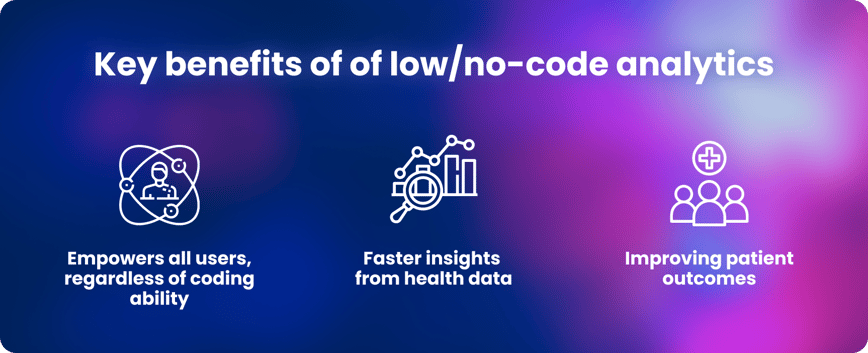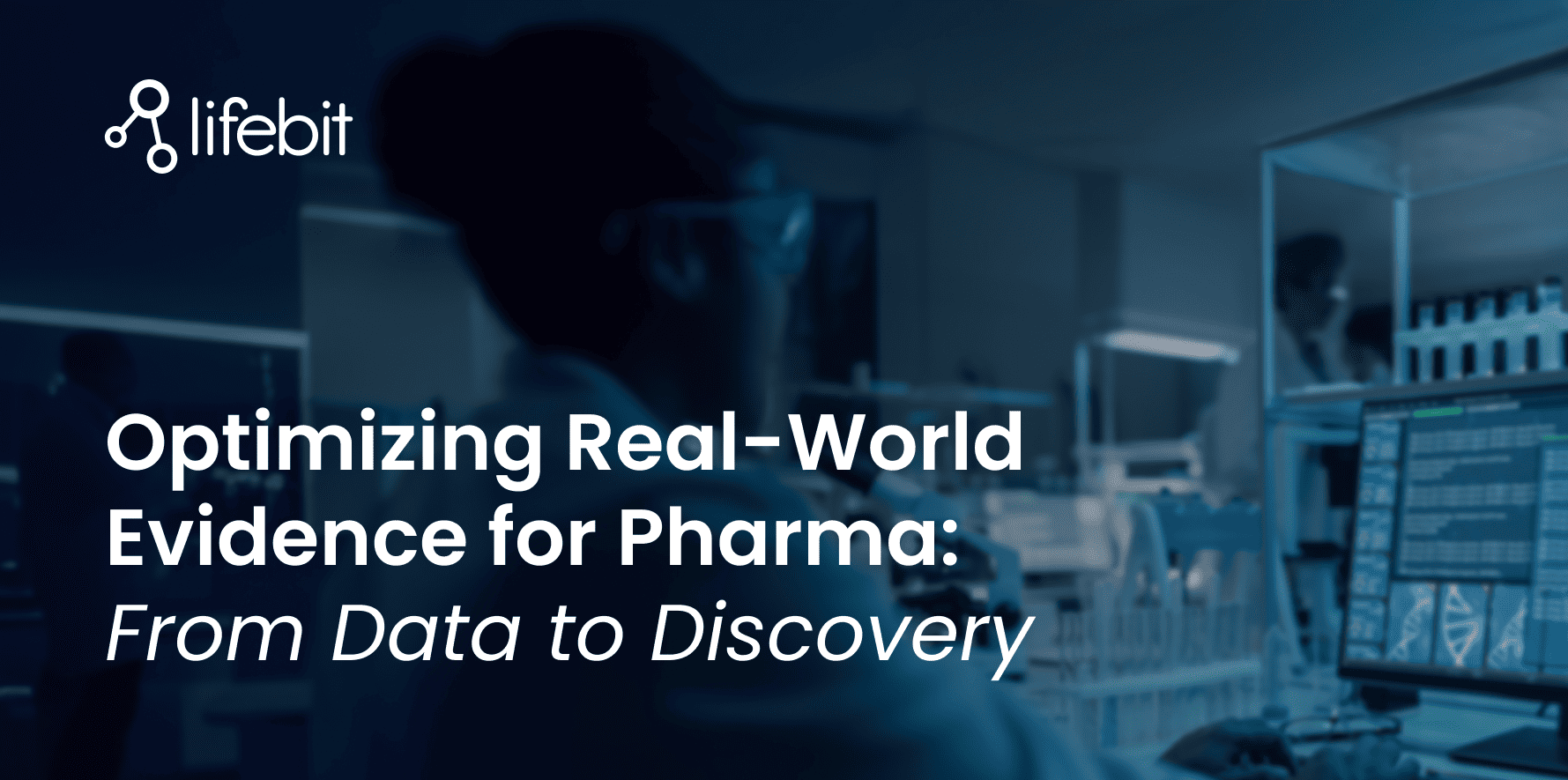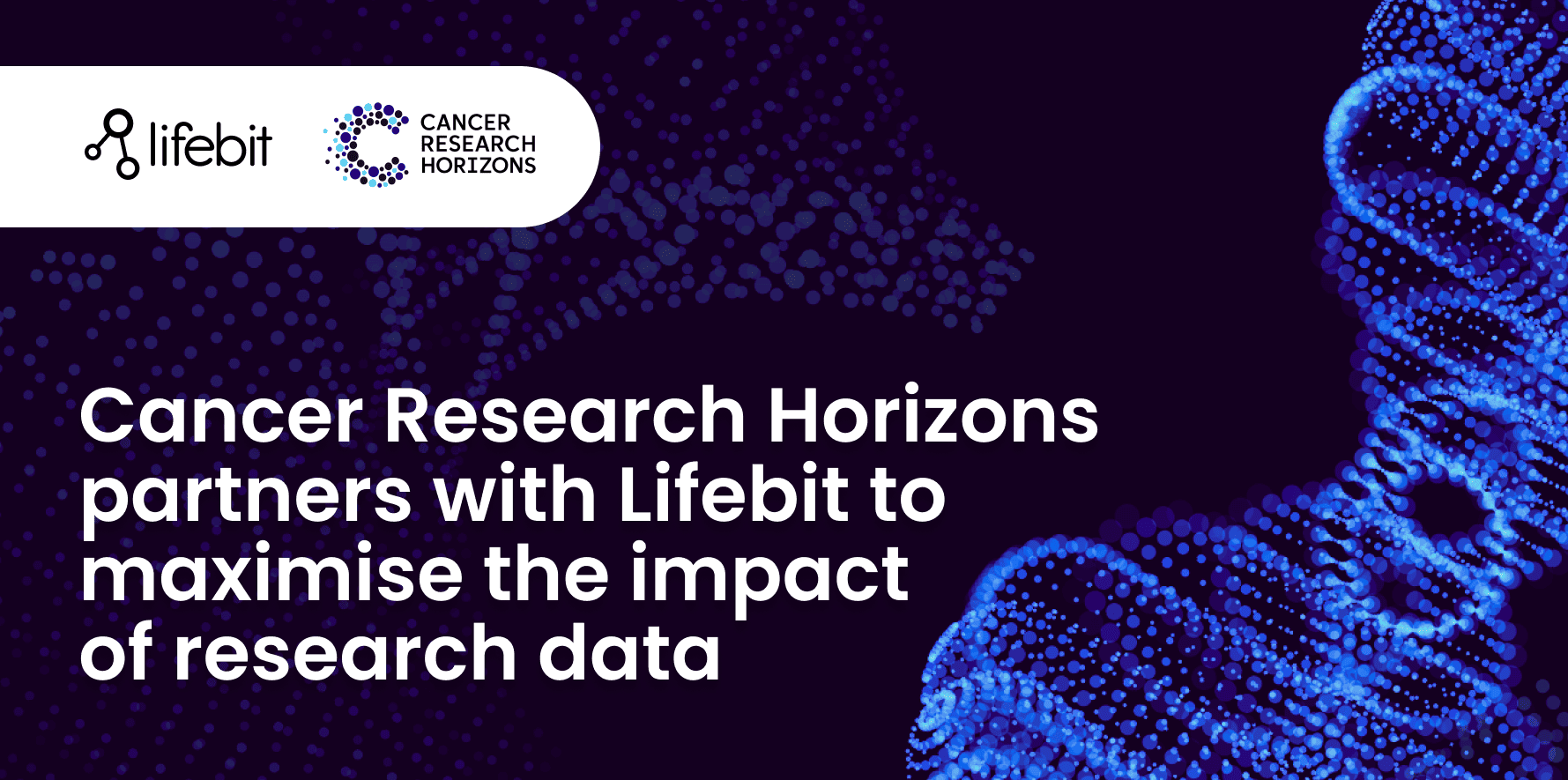

Health data analysis platforms for all: empowering novice and advanced users for maximum insights
Lifebit
February 2024
Author: Hannah Gaimster, PhD
Contributors: Amanda White
Introduction to health data analysis
Healthcare is one of the most data-rich industries and the creation of large datasets is becoming increasingly common. With the rise of electronic health records (EHRs) and the increasing amount of patient data being collected, the need for efficient and effective data analysis is crucial.
However, not everyone has the technical skills or resources to perform complex data analysis. This is where low/no code analysis comes in, providing a user-friendly, end-to-end solution for data analysis for those without data science skills. This article explores the importance of low/no-code analytics in health data science and how they can empower both novice and advanced users for maximum insights and improved patient outcomes.
What are low/no-code analytics?
Low/no-code analytics refer to the use of software tools that allow users to perform data analysis without the need for coding or technical expertise. These tools typically have an intuitive drag-and-drop interface that allows users to construct reproducible, complex workflows effortlessly. This approach ensures that both novice and advanced users, irrespective of their coding proficiency, can effectively analyze and leverage data.
Low/no code analytics typically use simple ‘point and click’ interfaces which should enable novice as well as advanced data users to run high-throughput analysis and pipelines.
Examples of health data research initiatives using low/no-code analytics:
- The Galaxy Community: An initiative within ELIXIR, a federated data infrastructure that brings together life science data sources across Europe, this research forum offers a web-based platform to facilitate computational research for a variety of “omics” types and is specifically targeted to users without programming experience.
- The National Institute of Health’s (NIH) Common Fund Data Ecosystem (CFDE) Search Portal: The CFDE is a comprehensive resource for datasets generated through NIH funding, with the ultimate goal to make data more usable and useful for researchers and clinicians. There are interactive search functions and visualizations of gene-specific, compound-specific, and disease-specific data and more, to empower both novice and advanced researchers.
The key benefits of low/no-code analytics

One of the main benefits of low/no-code analytics is that they empower all users, regardless of their technical background. This means that healthcare professionals, including clinicians, who may not have a strong background in data analysis, can still access and analyze data to make informed decisions.
This could include user-friendly drag-and-drop tools to allow users to easily browse, analyze, and visualize data. This not only saves time and resources, but also ensures that all users have access to the same data and can contribute to the overall improvement of patient outcomes.
Faster insights from health data
Due to the removal of the need for programming knowledge, people without technical backgrounds may now extract meaningful insights from large, complicated data sets. A broader and more diverse spectrum of people are empowered to extract useful information and make informed decisions because of this accessibility. They can help facilitate connections among researchers from various fields for analysis and insight generation, faster than using traditional coding data analysis methods.
Improving patient outcomes
The ultimate goal of using low/no-code analytics in health data science is to improve patient outcomes. By empowering all users and providing self-service analytics, healthcare professionals can make more informed decisions based on data, leading to better patient care.
The future of health data science
As the amount of data in health care and contained in patient registries continues to grow, the need for efficient and accessible data analysis tools will only increase. Low/no-code analytics is the future of health data science, as it allows for all users to contribute to the analysis process and ultimately improve patient outcomes. With the rise of artificial intelligence and machine learning, these tools will only become more advanced and user-friendly, making data analysis even more accessible to novice, as well as advanced users.
However, there are other important further considerations for health data scientists when considering data analysis platforms, regardless of their coding ability. These include ensuring that the data analysis is performed with maximum security considerations, to ensure sensitive patient data is protected and ensuring data is standardized and ready for analysis.
Summary
Low/no-code analytics are tools that allow users to build data science solutions without writing code, to accommodate and fully empower novice and advanced users through interactive coding, end-to-end, no-code point-and-click capabilities.
They are a crucial component of health data science, empowering all users and improving patient outcomes. As the healthcare industry continues to evolve, the use of these tools will become even more prevalent, making data analysis more efficient and effective for all.
If you are interested in learning more about Lifebit’s solutions for no/low code users, get in touch.
About Lifebit
Lifebit provides health data solutions for clients, including Genomics England, Boehringer Ingelheim, Flatiron Health and more, to help researchers transform data into discoveries.
Featured news and events

2025-03-26 11:17:46

2025-03-14 15:45:18

2025-03-05 12:49:53

2025-02-27 10:00:00

2025-02-19 13:30:24

2025-02-11 08:39:49

2025-01-30 12:47:38

2025-01-28 08:00:00

2025-01-23 09:07:20

2025-01-08 13:58:41

.png)